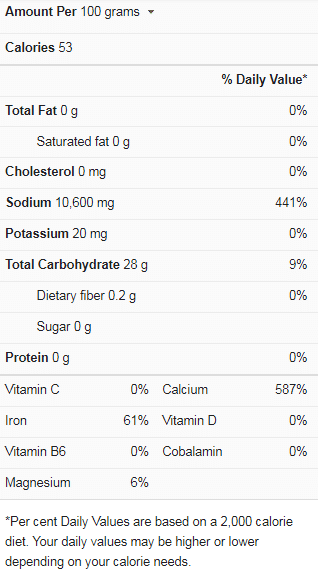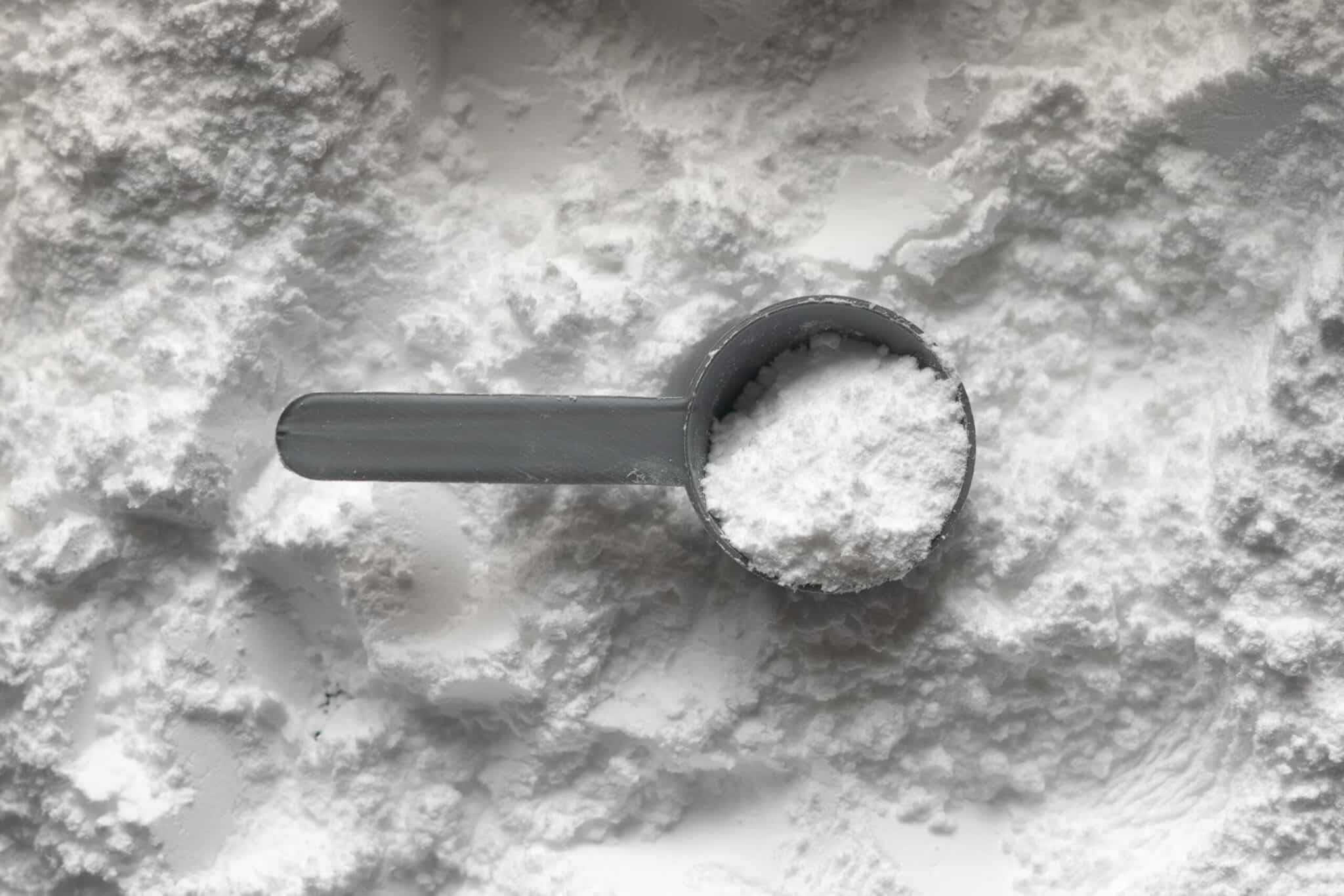Updated on November 20th, 2023
When whipping up your favorite cookie recipes, baking powder is one key ingredient whose effects cannot be overlooked. For example, suppose you like your cookies generally chewy, soft, and thick. In that case, you might want to rethink baking them without including baking powder.
Despite its use in baking, however, there is a possibility that baking powder may not be available for use when you need it. As such, you’ll need to consider a bunch of alternatives. When doing this, it is in your best interest to use appropriate substitution proportions and methods to achieve the best results that will still leave your cookies tasting amazing.
So, what exactly are the properties that make for a good enough substitute when attempting to replace baking powder in cookie recipes? A fine start is identifying the exact effects of baking powder that you’re attempting to replicate.
What is Baking Powder?
The introduction of baking powder into the baking process was a somewhat revolutionary move. It was very helpful in reducing the time and effort necessary to make baked food items. However, its advent also resulted in the novel development of cookies, biscuits, cakes, and other foods.
Baking powders contain starchy ingredients that increase their stability and consistency. These ingredients could be cornstarch, flour, or potato starch, and they perform numerous tasks in the compound. Primarily, they absorb moisture and thereby extend the shelf life of baking powder by keeping the alkaline and acidic components of the powder dry so that they do not react prematurely.
Baking powder is generally used to boost the volume of baked foods and lighten their texture. This is made possible through an acid-base reaction in which carbon dioxide gas is released into a batter or dough, causing the growth of bubbles in the moist mixture and thus leavening it.
Baking Powder Nutrition Facts

Uses of Baking Powder in Cookie Recipes
Baking powder is used in various culinary operations due to its chemical leavening properties and its rise to flour products when baked. It is also great for imparting a lighter texture into baked goods.
Baking powder can be considered a key ingredient, particularly in cookie recipes. For example, sodium bicarbonate and acidic salts are the main ingredients in baking powder. The reaction of these two ingredients produces soft, thick cookies that are slightly firmer than usual.
The following are cookie recipes in which baking powder is commonly used:
- Lemon cookies
- Simple caramel cookies
- Brown sugar nut cookies
- Shortbread cookies
- Peanut butter cookies
- Oatmeal raisin cookies
- Chocolate chip cookies
- Sugar cookies
- Double chocolate hazelnut cookies
- Strawberry shortcake cookies
- Butter cookies
- Almond flour cookies
- Nut and maple cookies
- Salted caramel cookies
- White chocolate macadamia nut cookies
- German walnut shortbread cookies
Substitutes for Baking Powder in Cookie Recipes
Baking powder is a common ingredient useful in a wide variety of baked recipes to boost their volume and lighten their texture. In cookies particularly, introducing baking powder tends to impart a pleasant chewy consistency that bakers love.
However, the baking powder may not be available when you need it for your cookie recipes. It is necessary to look to other substitutes to replicate its effects in your cookies. Several other ingredients can be used in its place, and they have been described below:
Sour Milk
Baking powder can be substituted with sour milk in cookie recipes. Sour milk has gone through acidification, which lowers its pH values. Using sour milk in place of baking powder required the introduction of baking soda, which combines with the acidity of sour milk to provide the same leavening action as baking powder.
In cookie recipes, substitute one teaspoon (5 grams) of baking powder, use ½ cup (122 grams) of sour milk, and ¼ teaspoon (1 gram) of baking soda. To account for the excess liquid from the sour milk, lower the liquid in your recipe by the same amount of sour milk.
Cream of Tartar
A cream of tartar, also known as potassium hydrogen tartrate, is an acidic white powder produced as a by-product of winemaking. It is most typically used to stabilize egg whites and creams and keep sugar crystals from forming.
Cream of tartar also makes for a quick and easy substitute for a baking powder that can be bought in the spice section of most supermarkets, and it can easily replace baking powder in many cookie recipes.
For optimal results in cookie recipes, use a 2:1 ratio of cream of tartar in the cookie with baking soda. Substitute ¼ teaspoon (1 gram) of baking soda and ½ teaspoon (2 grams) of cream of tartar for one teaspoon (5 grams) of baking powder.
Lemon Juice
Lemon juice is quite acidic and includes a lot of citric acids. As a result, baking soda in baked goods can provide the acid content needed to begin an acid-base reaction.
However, lemon juice is best employed in recipes that only call for a small amount of baking powder due to its strong flavor. This can prevent changing the taste of the final product this way, and this would be a welcome and compatible taste in recipes such as lemon cookies.
The recommended substitution proportion is ¼ teaspoon (1 gram) of baking soda and ½ teaspoon (2.5 grams) of lemon juice to substitute one teaspoon (5 grams) of baking powder in cookie recipes.
Frequently Asked Questions (FAQs)
Will cookies rise without baking powder?
Cookies may be made without baking powder. It is, however, vital to keep in mind that your batter or dough will not rise in the oven, resulting in thick and airy pastries.
What makes cookies chewy?
It’s all about the moisture content for chewy cookies. Dense, chewy cookies have higher moisture content in the batter. This can be accomplished by substituting ingredients or simply changing the specific elements method.
How do I make my cookies less crispy?
Light, crispy cookies are made with low-moisture sugar (granulated) and fat (vegetable shortening), and it undergoes a longer, slower bake than usual. However, a crunchy chocolate chip cookie can be made with a combination of butter and vegetable shortening (as in the original recipe) or even pure butter.
Conclusion
The next time you’re attempting to make cookies, try out one of our suggested substitutes in place of baking powder. These substitutes are very different in their general nature and composition, but this could be a good thing to get a different taste and feel that you might find that you enjoy.
Remember to use the correct substitution amounts and methods to obtain the best results. Also, keep in mind that some options work better in certain cookie varieties and should be used.
